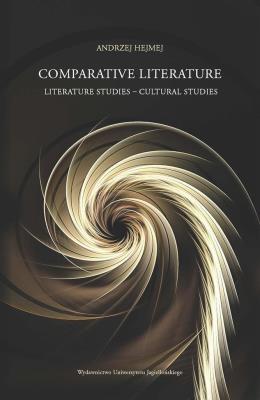This book seeks to understand the condition of (post-)modern comparative literature and to define its role in the media society in a multicultural world. The author looks at the current situation of the discipline (or rather an indiscipline) in the broadest possible perspective. He considers the first ideas from the nineteenth century, including proposals from the French comparative literary scholars, Goethes idea of Weltliteratur, and the institutional work of H. von Meltzl, as well as the latest concepts from the comparative literary scholars from Western Europe and the U.S., including G. Steiner, S. Bassnett, G.Ch. Spivak, E. Apter, D. Damrosch. The history of the discipline is explained through the use of metaphors such as the Eiffel Tower, the World Trade Center, and the Tower of Babel. Critical confrontation with a variety of proposals from comparative literature scholars and researchers of intermedial and intercultural phenomena leads us to a new look at comparative literature and the effect of day to day comparative activity. As a result, the author understands modern comparative literature not so much as a further extension of the institutional dimension but more as an interpretative practice embedded in everyday life. This intercultural perspective opens new horizons for comparative literary studies in the twenty-first century.



